
St. Louis Fashion Advertisements from 1924

Here’s a fascinating glimpse into the August 1924 issue of the St. Louis Fashion Pageant, a local society and fashion magazine that not only captured the spirit of its time but also showcased the fashion ingenuity and culture of the roaring 1920s. This issue offers a delightful compilation of fashion illustrations and photography from a pivotal era in history—an era of transformation, rebellion, and redefining the roles and looks of women and men alike. The magazine itself embodies a unique fusion of local pride and global trends, making it a true artifact of its time.
The 1920s, aptly dubbed “The Roaring Twenties,” marked a period of economic prosperity, cultural dynamism, and social revolution across the United States. In St. Louis, as elsewhere, jazz music blared from radios, flapper girls danced in speakeasies, and the automobile industry was changing the way Americans lived and traveled. Fashion became a crucial mode of self-expression, particularly for women, as they began to embrace newfound freedoms following the 19th Amendment, which granted them the right to vote just a few years prior. Hemlines were rising, silhouettes were loosening, and intricate beaded dresses sparkled under city lights.
This issue of St. Louis Fashion Pageant serves as a vivid time capsule of the era, highlighting the importance of fashion in a city’s identity and economy. Let’s dive into some of the most captivating details and advertisements featured in the magazine:
Highlights from the 1924 St. Louis Fashion Pageant Issue:
- Billiken Shoes (for children)
A whimsical and charming illustrated advertisement for children’s shoes from Billiken Shoes stands out in the magazine. While catering to practicality and comfort, the ad also reflects the growing consumer focus on products tailored specifically for children, a concept that gained traction in the early 20th century as attitudes toward childhood evolved. - “Coats, Suits, Sweaters, and Knit Goods” by Marquette Cloak and Suit Company
Situated at 1609 Washington Avenue, this company advertised chic yet practical garments catering to the modern woman. Washington Avenue was then the heartbeat of St. Louis’ garment district—an area teeming with textile manufacturers, tailors, and retailers. This street earned a reputation as the “Fashion Center of the Midwest,” echoing the vibrancy of New York’s Seventh Avenue. - Forest Maid Wash Frocks
Featuring “dainty fetching daytime frocks,” the Forest Maid Wash Frocks ad epitomizes the evolution of practicality in women’s wear. By the 1920s, washable fabrics and easy-to-maintain garments symbolized the progression of technology and the shifting demands of a more active, modern woman balancing domestic tasks and social outings. - Non-Wrinkle Neckwear by Hurst-Zucker Neckwear Co.
This advertisement reflects the attention to detail and style that characterized men’s and women’s fashion. Accessories such as neckwear added personality to outfits while emphasizing the role of smaller St. Louis companies in catering to refined tastes. - Coats for “flappers, infants, women’s, and stouts” by Paristyle Garment Co.
The variety of clientele highlighted by Paristyle Garment Co. paints an inclusive picture of fashion during the 1920s. This company sought to appeal to both young, fashionable flappers pushing the boundaries of societal norms with shorter hemlines and boyish silhouettes, as well as older and conservative women (and even children) seeking elegant yet functional outerwear. - Curlee Clothing Company “One Price Manufacturers”
This local clothing company emphasized transparency and affordability, a trend of the time as the American middle class grew. Curlee Clothing offered men’s tailoring that balanced quality and price at a time when suits were a staple of any man’s wardrobe.
The Flourishing Fashion District of Washington Avenue:
One of the most remarkable takeaways from this issue is the concentration of St. Louis’ fashion and clothing companies on Washington Avenue, which was considered the epicenter of the city’s bustling garment industry. During this period, Washington Avenue stood as a thriving hub of innovation and commerce. It was lined with showrooms, factories, and retail establishments that made, sold, and marketed everyday apparel and high fashion alike. While New York and Chicago were the major players on the national fashion scene, St. Louis carved out a niche as a significant regional competitor.
This stretch of Washington Avenue reflected the industrial growth of the Midwest. Recently-built skyscrapers housed bustling factories producing everything from coats and shoes to neckwear and hats. Workers from diverse backgrounds—immigrants, women, and local laborers—fueled the garment industry’s success, embodying the changing workforce of the 1920s. Today, while many of these buildings have been repurposed into nightlife or residential spaces, the contribution of Washington Avenue to St. Louis’ history as a fashion capital remains unmistakable.
Fashion as a Reflection of the Roaring Twenties:
The advertisements and features in this issue make it clear that fashion was more than just clothing—it was a statement of identity, aspiration, and the rapid pace of change that defined the Jazz Age. The flapper dresses were not just a passing trend but a symbol of a shifting society. Corsets had been cast aside in favor of slim, drop-waist dresses; bobbed haircuts replaced intricate, time-consuming styles; and accessories like pearls and cloche hats completed the look. Even for men, styles became less rigid, with softer fabrics and looser fits signaling a move toward casual elegance.
It’s also worth noting how industrial advancements were making such fashion trends accessible to a broader class of Americans. Mass production, standard sizing, and advertising in magazines like St. Louis Fashion Pageant meant that high-style looks were no longer reserved for the elite but could be replicated and sold at a more affordable price.
Why This Issue Matters Today:
This August 1924 issue of St. Louis Fashion Pageant is not only a delightful read but a crucial historical document. It offers a lens into the culture of St. Louis during a time of roaring change. It speaks to the city’s important role in the fashion landscape and provides tangible examples of how clothing styles reflected wider societal shifts in gender roles, technology, and economics. These advertisements, many of which originated from now-forgotten businesses, are a testament to the creative and entrepreneurial spirit of early 20th century St. Louis.
So when you browse the beautifully illustrated pages filled with flappers, sleek automobiles, and aspirational products of yesteryear, think of how each element contributed to the tapestry of the 1920s. It was a time when everything seemed possible, as long as you had the right dress, suit, or even pair of Billiken Shoes to match the moment!
















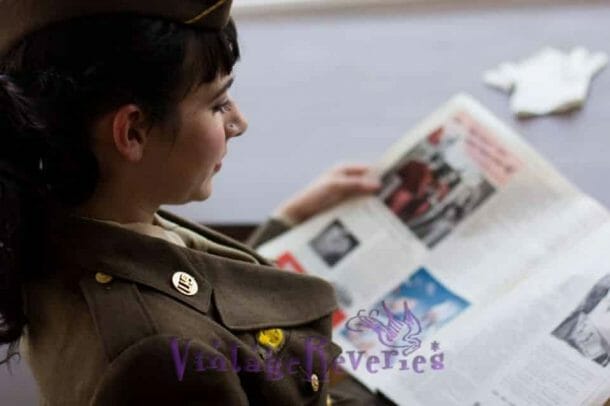
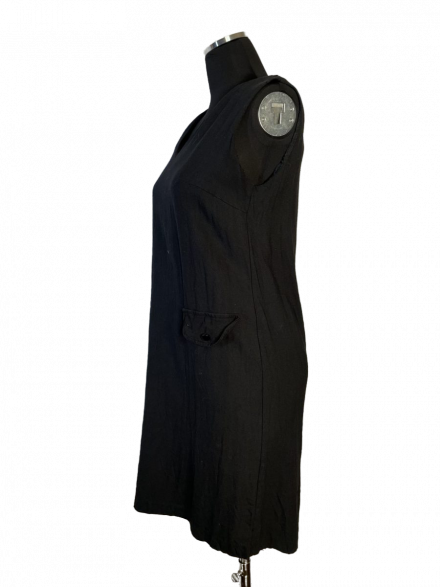
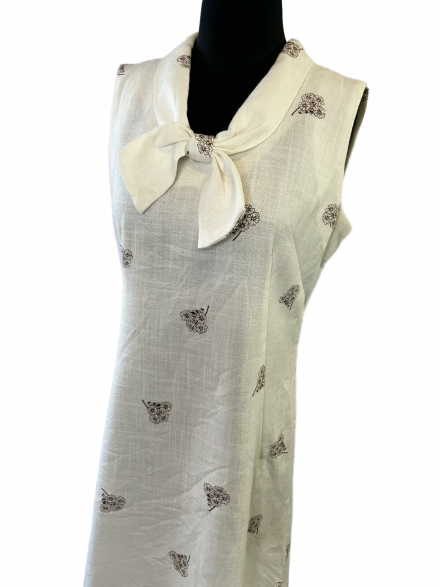
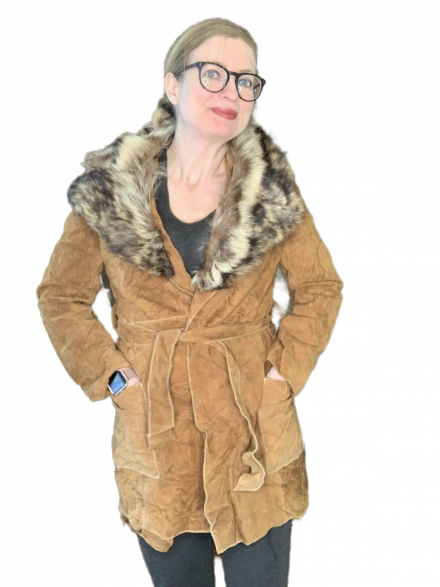
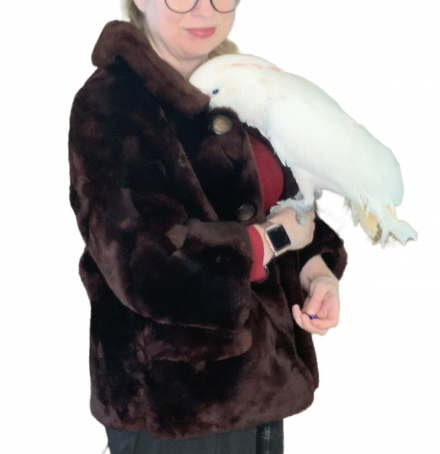

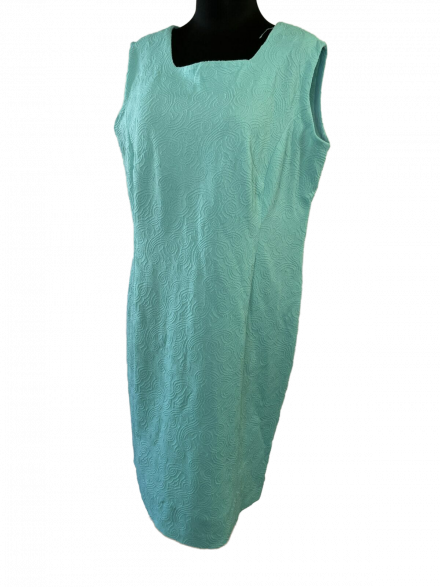

You must be logged in to post a comment.